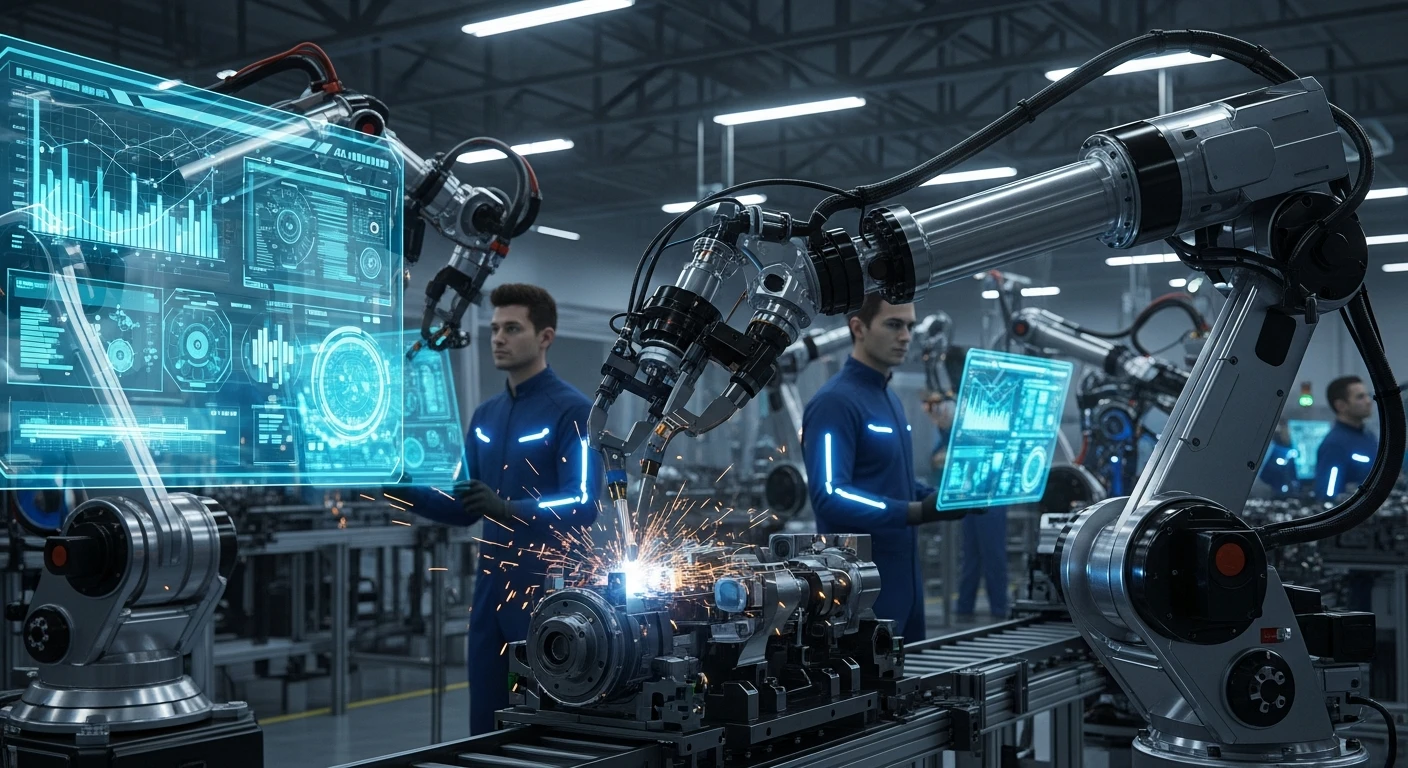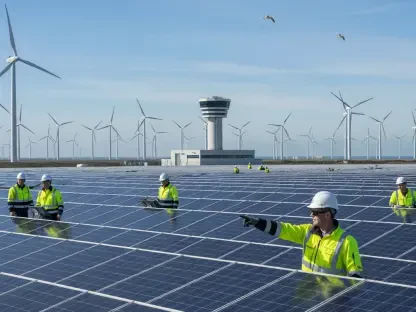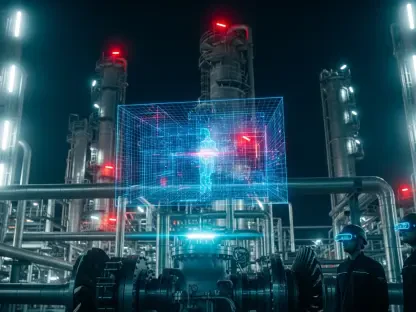In a world where technology dictates progress, tech behemoths like Meta, Microsoft, Amazon, and Google are seeking resources capable of supporting their expansive artificial intelligence (AI) architectures. Embracing nuclear energy as a potential solution, these companies highlight a transformative shift in energy strategy aimed at reconciling AI’s exponential power needs with stringent environmental mandates. This analysis offers insight into nuclear energy adoption, examining current trends, data, and projections shaping this pivotal industry transition.
Exploring the Technological Shift
The tech industry’s increasing reliance on nuclear energy reflects a strategic move toward more sustainable and reliable power sources. Historical viewpoints reveal the fluctuating role of nuclear energy within the global energy landscape—initially praised for its potential and later overshadowed by safety concerns and political pressure. However, escalating environmental challenges and the demand for cleaner energy have reignited interest. Tech leaders perceive nuclear energy as a viable alternative to fossil fuels, poised to empower their AI innovations sustainably. This perspective forms the backbone of the industry’s growing enthusiasm for nuclear investments.
Energizing AI: Market Trends and Engagements
Meta’s Landmark Deal: A New Sustainability Model
Meta’s partnership with Constellation Energy epitomizes tech companies’ commitment to sustainable power. With a 20-year agreement in place, Meta secures 30 megawatts of nuclear energy from Illinois, which is expected to bolster clean energy outputs substantially. This commitment also targets the sustenance of 1,100 jobs and an annual contribution of $13.5 million in tax revenue, highlighting nuclear energy’s potential to stimulate local economies. Similar initiatives reflect a broader industry trend: aligning corporate responsibility with technological demands to reduce greenhouse gas emissions and propel community development.
Innovation in Nuclear: Traditional vs. Modular Reactors
Tech giants have diverse strategies for leveraging nuclear technology. Microsoft’s decision to revive the Three Mile Island plant contrasts with Amazon and Google’s investment in small modular reactors (SMRs). SMRs offer efficiency and adaptability, key to adapting to fluctuating geopolitical and regulatory landscapes. By diversifying their nuclear investments, these companies aim to meet massive energy needs while integrating future-ready solutions. This strategic differentiation underscores their commitment to transitioning to newer, more agile nuclear technologies.
Regional and Technological Complexities
Geographic and technological variables complicate nuclear adoption, requiring careful analysis. While cutting-edge projects led by Google and ElementL Power illustrate potential breakthroughs, they also expose regional disparities in infrastructural preparedness and legislative backing. Successfully integrating nuclear solutions often hinges on overcoming these regional challenges, implying a need for informed policy-making and strategic planning. Assessing these intricacies ensures that informed decisions guide nuclear energy integration across differing markets.
Envisioning Future Industry Landscapes
Emerging trends in nuclear-powered tech innovation depend on evolving technology and regulation. Legislative frameworks increasingly favor advanced nuclear adoption, encouraging economic opportunities and eco-friendly energy innovations. Industry experts envision potential cost efficiency and performance improvements reshaping the energy sector. Grasping these trends is imperative for stakeholders poised to synergize technology growth with sustainability mandates.
Insights and Strategic Directions
Businesses are encouraged to integrate nuclear energy into their sustainability journey strategically. By focusing on small modular reactor investments, actively promoting supportive legislation, and prioritizing infrastructure enhancements, companies might align energy strategies with sustainability goals. Such actions could ensure nuclear power paves the path for efficient and eco-friendly tech evolution.
In conclusion, the integration of nuclear power into the tech energy strategy has underscored its role as a catalyst for sustainable progress. As AI continues to redefine the world’s dynamics, tech giants need dependable, eco-conscious energy solutions. Beyond immediate advantages, adopting nuclear energy increasingly signifies a commitment to a long-term, sustainable vision of technological innovation. Thus, tech leaders acknowledge nuclear power not only as an energy source but as a fundamental element in sculpting future innovation ecosystems.









